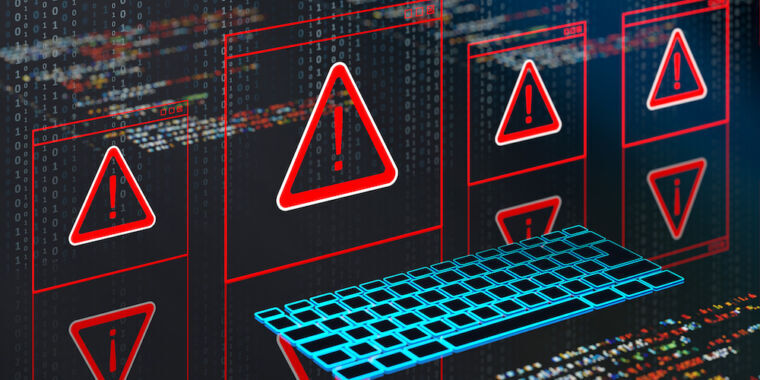I do hope a proper heads-up was giving to developers of the projects before this article went live, so the developers had time to address the issues.
This is the best summary I could come up with:
It’s the result of a use-after-free error, a class of vulnerability that occurs in software written in the C and C++ languages when a process continues to access a memory location after it has been freed or deallocated.
At the time this Ars post went live, there were no known details about the active exploitation.
A deep-dive write-up of the vulnerability reveals that these exploits provide “a very powerful double-free primitive when the correct code paths are hit.” Double-free vulnerabilities are a subclass of use-after-free errors that occur when the free() function for freeing memory is called more than once for the same location.
The write-up lists multiple ways to exploit the vulnerability, along with code for doing so.
The double-free error is the result of a failure to achieve input sanitization in netfilter verdicts when nf_tables and unprivileged user namespaces are enabled.
Some of the most effective exploitation techniques allow for arbitrary code execution in the kernel and can be fashioned to drop a universal root shell.
The original article contains 351 words, the summary contains 168 words. Saved 52%. I’m a bot and I’m open source!




